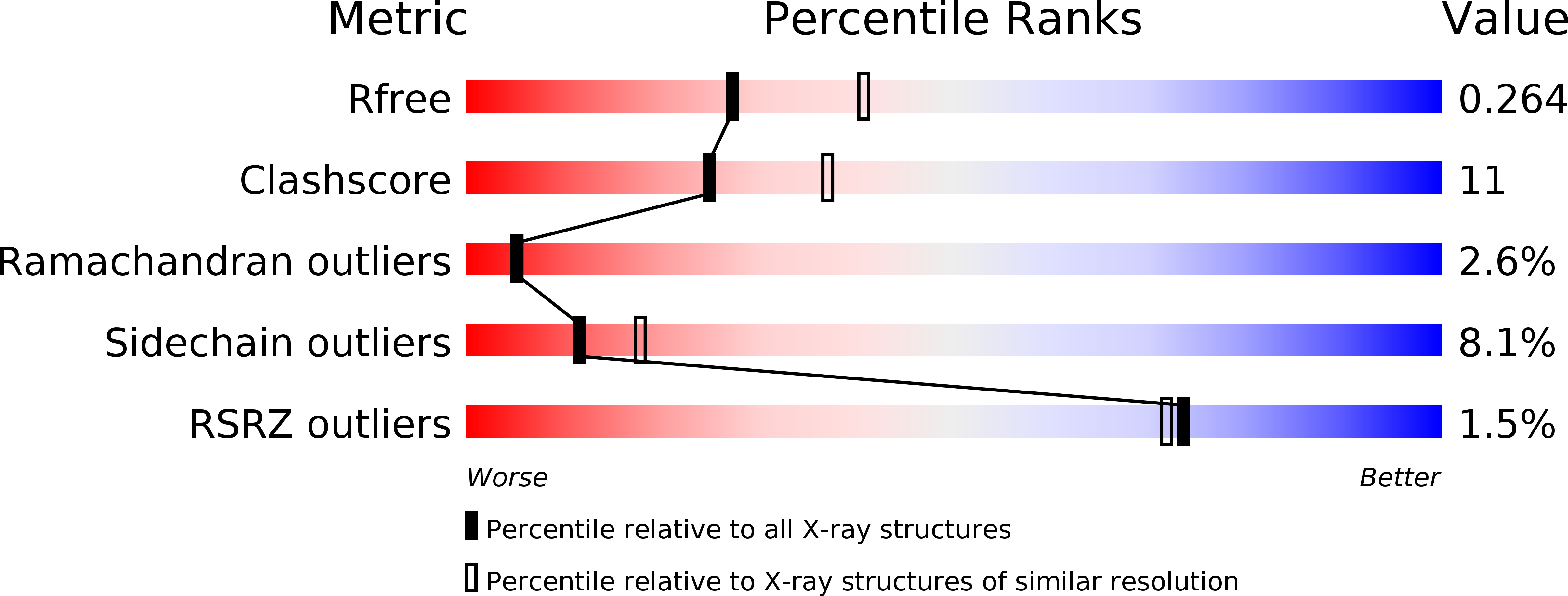
Deposition Date
2010-09-11
Release Date
2010-10-13
Last Version Date
2023-09-06
Entry Detail
PDB ID:
3OTF
Keywords:
Title:
Structural basis for the cAMP-dependent gating in human HCN4 channel
Biological Source:
Source Organism:
Homo sapiens (Taxon ID: 9606)
Host Organism:
Method Details:
Experimental Method:
Resolution:
2.40 Å
R-Value Free:
0.27
R-Value Work:
0.23
R-Value Observed:
0.23
Space Group:
I 4 2 2


